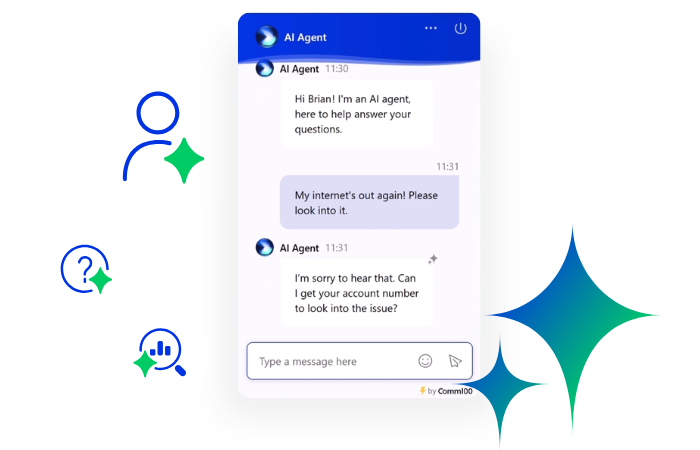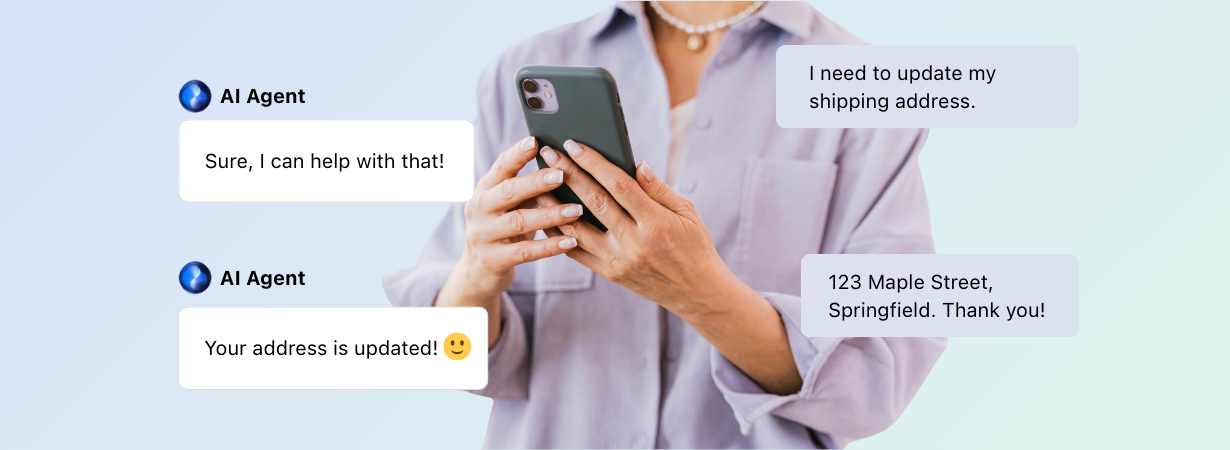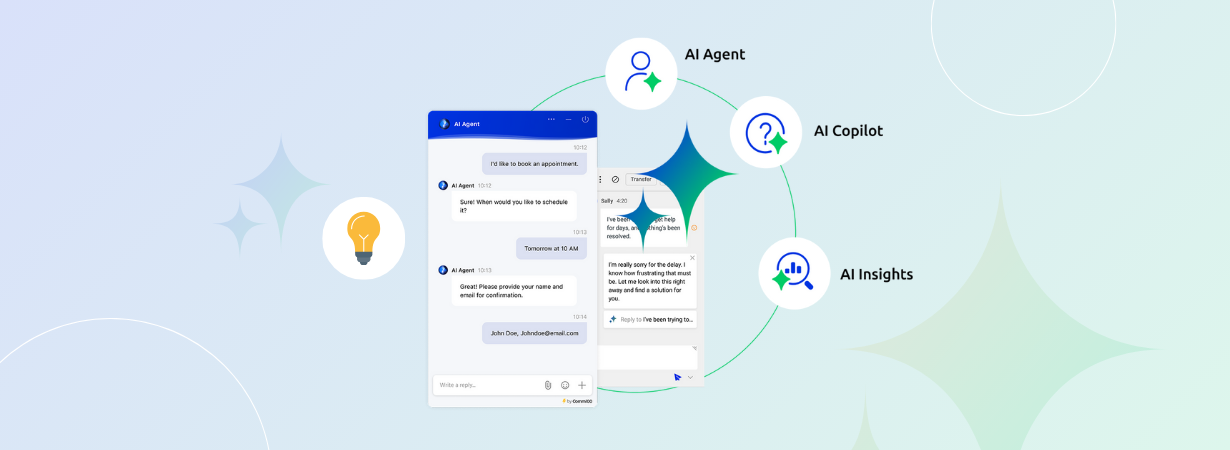Despite its ubiquity, AI has been underutilized in government affairs. While many lawmakers have weighed the antitrust implications of AI, not many in the public sector have sought out ways in which the technology can improve governance.
This could be blamed on the median age of lawmakers (58 for the House of Representatives, 65 for the Senate) or a culture of technophobia. Regardless, AI can help governments cut spending and bring people closer to their representatives.
A Government must understand its citizens
One of the reasons political misinformation spreads so easily and so rampantly is that there’s a communication barrier between citizens and the government. People are simply not interfacing with content the way we used to.
Physical media is nearly obsolete and half of US adults get most of their news from social media. Gen Z and Millennials prefer chat over phone calls. By understanding these simple details, governments can overcome these communication barriers and begin to truly understand their people.
For instance, one of the current US administration’s struggles has been messaging. Unemployment is down with more people working than ever before in US history. The CHIPS Act has ensured that more things are produced in the US. Moreover, President Biden was the first president to walk the picket line.
This is not to say that the current administration’s track record is pristine. However, President Joe Biden’s approval rating isn’t proportional to his achievements, even from Democratic voters.
Truth be told, politicians shouldn’t be regarded or seen as celebrities with whom citizens have prosocial relationships. There should be a continuous open dialogue between the two parties in the exchange.
Before, it was almost excusable. But today, we even have a proposed AI bill of rights, so there’s no excuse not to facilitate a continuous communicational trade. While governments have adopted channels such as social media, it has always felt like one-way traffic. AI can change this.
AI in political campaigning
Before we delve into how AI can assist current governments, let’s look at how AI can assist citizens in making more informed decisions at the voting booth.
Social media has always utilized AI to enhance personalization and deliver the most relevant content to users. Meta has arguably been one of the biggest contributors to the democratization of AI technology. However, the company has a spotty political history.
The Obama administration used a Facebook-powered application to register votes and encourage them to vote for the 2012 elections. When the 2016 US elections came around, social media was weaponized to sway the elections.
Nevertheless, this inspired a clarion call for the government to be more involved in Silicon Valley’s affairs. After US Senate scrutiny, a few policy changes, and a series of hefty fines, Meta added more restrictions and amended its advertiser and API policies.
Additionally, Facebook partnered with the International Fact-Checking Network (IFCN) to help fight the spread of false news and misinformation. Many of these third-party fact-checkers use AI and machine learning models to determine the variety of information posted on Facebook.
Many lessons can be learned by the governments of the world from these events. While AI can drive unethical electioneering, it would be better utilized to actually inform (not influence) the public.
How AI can be utilized
Campaigners can take a page out of the Obama administration’s book and partner with application makers and social media platforms. They can produce apps to encourage voting, especially among young Gen Y and Z voters.
There isn’t as much of a need for dedicated campaign staffers who call, message, and go door to door. Politicians running for office can use AI-driven chatbot software which can tailor its approach to communications according to the demographics of each recipient.
In a wider sense, going beyond election campaigns, governments could improve communication between the public and various departments and services by utilizing live chat software. Although this still entails the use of human chat agents, it would provide immediate benefits, while also laying out the infrastructure for future improvements, as well as acquainting both the public and government employees to this new, more efficient means of communicating.
Government use of new technologies and AI doesn’t have to stop at mere communication, though. The real potential of this tech lies in consolidating data and making it more visible or accessible. Actionable insights can then be derived from it to inform government or campaign strategy.
The primary benefit to this approach is that it has the potential to cut campaign costs and government spending. This will ultimately allow candidates the freedom to be more judicious about whom they accept donations from.
Moving forward
It’s nigh impossible to acquire the human capital to deal with each citizen on a federal or even provincial/state level. Generative AI live chats can address this.
However, governments must also ensure they have the funds to be able to finance the project. Large cities, in particular, should future-proof their IT infrastructure, especially if they expect to use a GPT-4-powered model that’s going to be receiving a lot of input on an hourly basis.
This means investing in the right AI-capable hardware, including servers with the right amount of system resources. Additionally, governments will need to pick the right interface and data to train the chatbot. This may require governments to establish partnerships with tech companies.
The ideal
Countries should look towards Singapore as inspiration. The city-state leads in governmental AI readiness. It has achieved this by embracing technology as a way to overcome its urban problems.
Singapore invested time and money in fostering the necessary relationships and expertise to help them achieve their goals. Because of its forward-thinking leadership, Singapore has become an attractive prospect for AI startups and investors, creating a positive feedback loop – investments attract talent, which then makes further advances cheaper while expanding the scope of what is attainable.
A complete overhaul
Governments need to actively be involved in funding and encouraging tech-based education. Public schools must put a greater emphasis on STEM programs in order to educate a workforce that can bring about the necessary transformation that society is going through, as well as understand the world of tomorrow. AI can help identify which key areas need the most care and help.
Imagine a future, where a reliable and benevolent AI integrates all a citizen’s data and provides them with an integrated dashboard on a government portal. This can be integrated on both the government and citizen side.
The potential and benefits are near limitless – almost anything that is within the purview of the government can be improved by utilizing AI. All that is required now is leadership with the correct foresight and ambition to explore and implement it.
Wrap up
The use of generative AI-powered chatbot platforms has spread like wildfire. Yet, AI anxiety is still rampant. This is another challenge governments will have to address and overcome if they hope to be more technologically integrative.
As we begin to see younger people enter government, we also hope to see fresh ideas in policy surrounding tech and AI. What most Web 3.0 and Semantic Web discourse seems to fail to address is how it will affect governance.
Thus, leaders must be involved in the conversation too. Governments not being able to speak in the language of their citizens (figuratively) is what tends to sow so much distrust, disconnection, and resentment. AI can help leaders cover lost ground and reconnect with their people.






